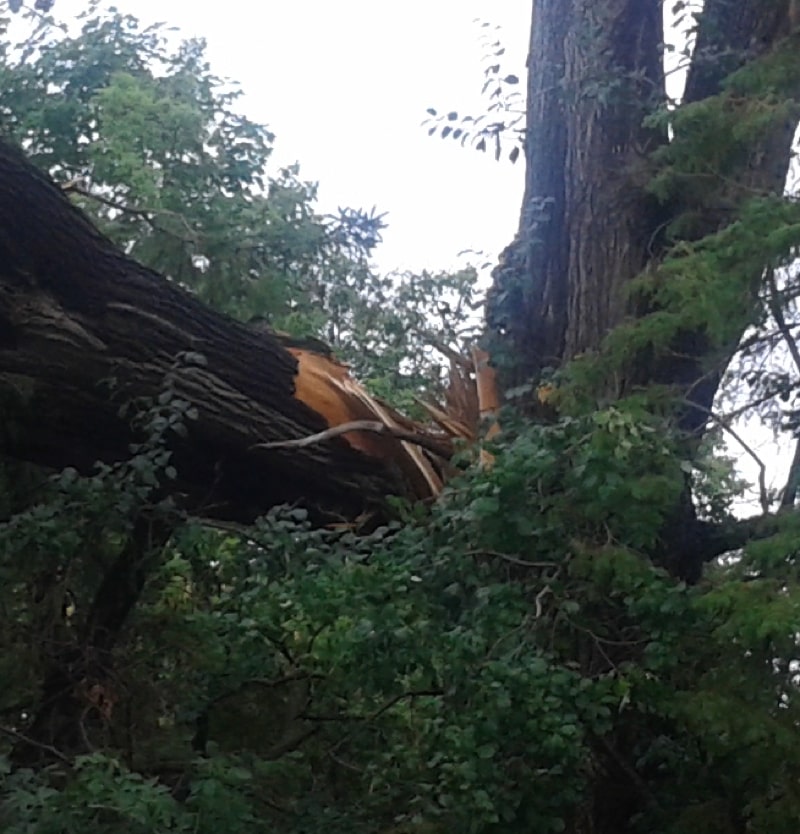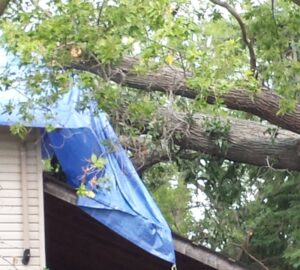How To Ensure Your Home is Ready for Severe Weather and Disasters
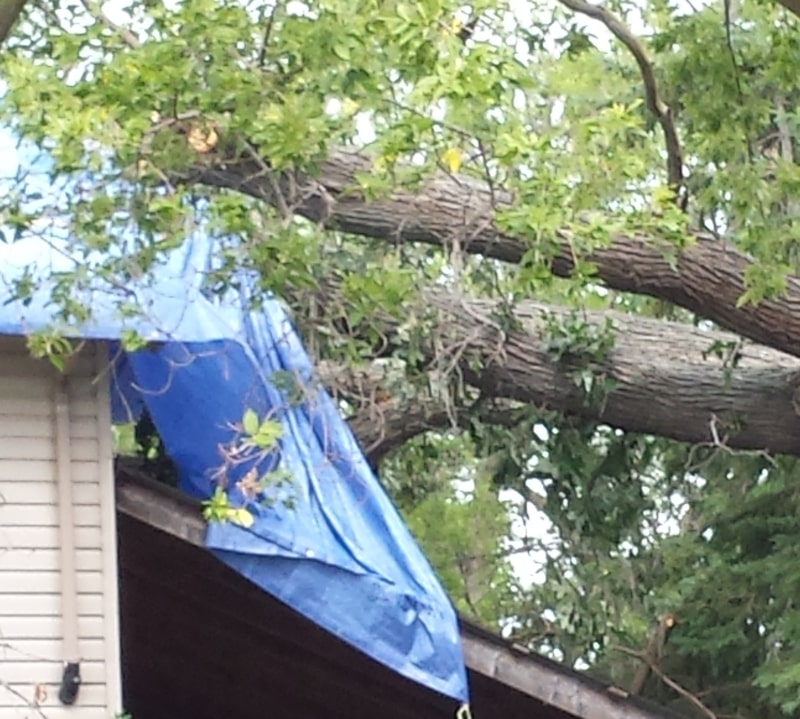
 This simple guide gives you a step-by-step approach to safeguarding your home and family against nature’s unpredictable forces. In order to save your time from having to come back here, just print this page and refer to it regularly while you’re working on your disaster plan.
This simple guide gives you a step-by-step approach to safeguarding your home and family against nature’s unpredictable forces. In order to save your time from having to come back here, just print this page and refer to it regularly while you’re working on your disaster plan.
First Understand the Various Risks
Regional Weather Patterns
Knowing the specific severe weather risks in your area will help you tailor your home’s preparedness plan and make it more accurate.
First determine if your area could face hurricanes, tornadoes, wildfires, torrential rains, flooding or severe blizzards and ice-storms.
By doing this you will start to formulate your plan around those types of disasters scenarios.
Assess Vulnerability
After you logged the type of severe weather risks for your area, you’ll need to evaluate your home’s location and structural integrity in relation to the potential severe weather events.
For instance, homes in flood plains or earthquake zones require specific precautions to be taken and recognizing each of these vulnerabilities helps you prioritize your future efforts more effectively. Make an assessment in relation to each of the potential weather situations that could happen in your geographical location.
Family Communication Plan
Develop a system with your family that maintains contact and reunites the family members during disasters. Make sure to detail evacuation points, meeting points and emergency contacts.
Ensure every family member has a physical copy of this plan in case digital communications are disrupted.
- Develop a clear communication strategy including how and where to contact each other.
- Identify and agree on evacuation points accessible to all family members.
- Make a list of emergency contacts including local authorities and medical facilities.
- Distribute physical copies of the emergency plan to each family member.
- Include instructions for situations where digital communications might not work.
- Encourage regular reviews and drills to ensure everyone understands the plan.
Create Emergency Kits
Compile a kit with water, food, medical supplies, and crucial documents. Regular updates ensure its readiness. Tailor your kit to include items specific to the needs of each family member, such as prescription medications or infant supplies.
Here’s how to create an emergency kit:
- Compile kits that include basics like water, non-perishable food, and first-aid supplies.
- Ensure each kit contains important personal documents such as identification, insurance policies, and bank account records.
- Regularly update and check kits to replace expired items and replenish used supplies.
- Customize kits with personal items specific to the needs of each family member, like prescription medications, glasses, or infant formula.
- Include essential tools like flashlights, extra batteries, candles, matches, a manual can opener, and a multi-tool.
- Add hygiene products such as toothbrushes, toothpaste, soap, shampoo and hand sanitizer.
- Consider the needs of pets, including food, water, and any necessary medications.
- A two-way radio for emergency communications.
Evacuation Readiness
Start learning local evacuation routes and make plans for using them. Have a predetermined safe destination place and practice your route together. Communicate your evacuation plans with family members and neighbors (particularly those who may need special assistance) to ensure everyone understands where to go and how to get there.
Try to identify multiple evacuation routes and safe destinations in case your primary choices become inaccessible. This will enhance your flexibility and preparedness. Also make sure your vehicle is maintained and has a full tank of gas that’s ready at a moment’s notice.
Lasly, include regular paper maps in your emergency kit, because GPS services may be unavailable or unreliable during a disaster.
Securing Your Home’s Exterior
Taking regular precautions to protect your home’s exterior reduces potential damage during severe weather and gives you a chance to come home once the weather has died down.
Landscaping and Yard Maintenance
Trim trees and secure all loose items to minimize windborne hazards. Proper landscaping can significantly mitigate property damage too so consider using native plants that are more resistant to local weather extremes and require less maintenance over time.
Windows, Doors, and Structural Integrity
Try to invest in storm shutters and reinforce structural weak points like doors and garage doors. Consider installing impact-resistant materials (like windows and doors) for long-term resilience. Adding weather stripping and sealing gaps can also prevent water leaks and improve the insulation against harsh conditions.
Ensuring Your Roof is Ready
Your roof is one of the strongest defenses your home has against severe weather conditions. Just ensure its readiness with these few suggestions
Do Routine Inspections and Regular Maintenance
Regularly check your roof for signs of wear or damage and address any issues promptly to prevent leaks and further damage. It’s a good idea to establish a good relationship with one of your local roofing companies so they can provide you with quick repairs in case of such an emergency or disaster.
Reinforcement Strategies
Use hurricane straps and ensure your roofing material is secured against high winds. Hurricane straps (also known as hurricane ties) are metal fasteners used to strengthen the connection between a house’s roof and the walls. This reinforcement helps prevent the roof from being lifted or torn off by high winds during hurricanes, tornadoes, or other severe wind events.
There are several other strategies you can employ for reinforcing your roof against severe weather conditions:
- Secure roof sheathing with ring shank nails or screws that have increased holding power.
- Strengthen gable ends in roofs with additional bracing to resist wind pressures.
- Apply a waterproof underlayment beneath the roofing material to reduce leaks.
- Use high-quality sealant around roof edges and where the roof meets walls and other structures to prevent water ingress.
- Consider changing the shape of your roof to a Hip roof which perform better under wind forces than gable roofs.
- Consider impact-resistant roofing materials designed to withstand severe weather, such as rubberized asphalt, modified bitumen, or metal roofing.
- Do regular gutter maintenance to prevent water damage.
You can read this article about installing drip edge on your roof to add more reinforcement and water routing abilities.
Protecting Your Home’s Interior
Safeguarding Essential Utilities
Utility Management
During emergencies you need to know how to quickly turn off the gas, electricity, and water to prevent creating further hazards.
You should label your main shut-off valves and create a diagram or a photo guide of these locations, and then share it with all household members. This way everyone can be properly prepared, even in your absence.
Also, consider installing accessible shut-off switches that can be operated easily by any family member during an urgent situation.
Here Are Some Additional Precautions
- Install whole-house surge protectors to safeguard your home’s electrical system from sudden spikes caused by lightning or grid malfunctions.
- Do regular checks and maintenance tasks on your home’s electrical and plumbing systems to identify and/or fix potential issues before they become emergency risks.
Structural Reinforcements
Anchor Heavy Furniture and Appliances
This type of reinforcement is particularly useful in homes with young children and in areas prone to seismic activities or tornadoes and hurricanes.
Anchor heavy furniture such as bookshelves, couches, wardrobes, and large appliances, to the walls and floors to prevent them from tipping or flying around during an earthquake or high-wind event.
Reinforcement in Educational Institutions
This safety measure is for schools and libraries, where rooms contain large bookcases or shelves that, if unsecured, could cause serious injuries to students and staff during seismic or strong wind events.
Reinforcement in Retail Settings:
Retail stores with heavy display units or large electronic appliances should also anchor their fixtures securely to prevent accidents during storms or earthquakes, and to safeguard customers and the merchandise.
Enhanced Reinforcement Measures
- Reinforced staircases and ceilings can prevent structural collapses.
- Consider upgrading support beams and joint reinforcements.
- Install safety latches on cabinets to keep contents secure.
- Flexible connections for gas appliances to reduce the risk of gas leaks.
- Installing flood barriers or shields around doors and low windows to reduce water entry.
All these enhancements will protect your home’s interior, ensure safety and reduce potential damage.
Insurance Considerations
Understanding and Updating Your coverage if Needed
Get Adequate Coverage
Ensure that your policy covers common local disasters. Make regular reviews to keep your coverage relevant and up-to-date. It’s also wise to discuss with your agent about the possibility of adding additional provisions for uncommon risks prone to your area.
Document Possessions
Maintain an updated inventory of your belongings for insurance claims using photos or videos. Use online cloud storage so the information is accessible even if local records are damaged.
Stay Informed and Be Ready to Act
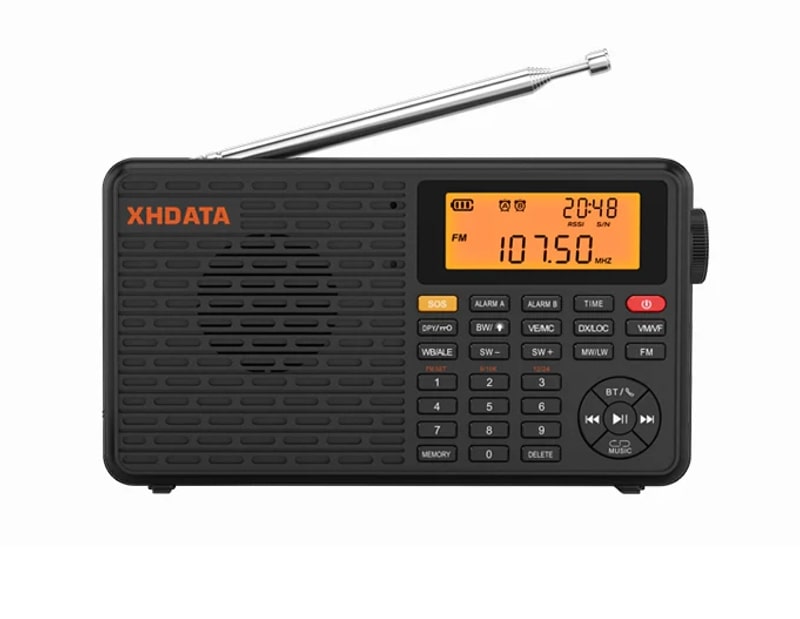 Staying Informed Enhances Your Preparedness and Survival
Staying Informed Enhances Your Preparedness and Survival
Be Ready for Emergency Alerts
Invest in a NOAA Weather Radio and subscribe to local alert systems to stay updated during emergencies. Keep extra batteries on hand to ensure operability during extended power outages. Read the importance of owning a NOAA weather radio, especially if you live in high hurricane and tornado areas.
Unendorsed note: The XHDATA D-109WB radio has everything you need for disaster alerts but there are other higher costing radios on the market.
Understanding Alerts
Know the difference between watches and warnings to better prepare yourself and your family for impending weather. Dedicate yourself to educating your family on these differences too, because understanding these terms can greatly impact your response strategies.
Practice and Maintain Your Plan
Do Regular Drills
Conduct regular drills to ensure family members know their roles and responsibilities during emergencies. These practices can be made realistic with timed evacuations to simulate actual emergency conditions. They not only give your family a chance to practice and refine their tasks but it’s a fun way to get them to learn too.
Plan Reassessment
After doing drills, review and adjust your emergency plan to note any new information or changes in your living situation. Use a change log to track adjustments and ensure all family members are updated.
Community Involvement
During weather disasters, community is the glue that helps everyone get by, and get the help they need. Although each family has their own emergency plans, its working together that ensures the safety for as many people and pets as possible.
Build Community Connections
Networking with Neighbors
Establish a neighborhood contact list that includes people with essential skills and resources. Discuss emergency plans on how to assist one other during a crisis.
Try to get enough people in the community involved so you can have regular meetings to discuss strategies for handling specific types of emergencies, and implement a buddy system so the vulnerable community members can receive prompt attention during a disaster too.
Community Emergency Response Team (CERT)
Participate in or initiate a local CERT for community-wide disaster preparedness. If you offer your skills or simply learn new ones, you’ll significantly contribute to the effectiveness of local response efforts and save many lives.
CERT programs train volunteers in basic disaster response skills, such as fire safety, light search and rescue, team organization, and disaster medical operations. By becoming a CERT member, you’ll enhance your ability to protect your family, and be involved in ensuring your community’s resilience.
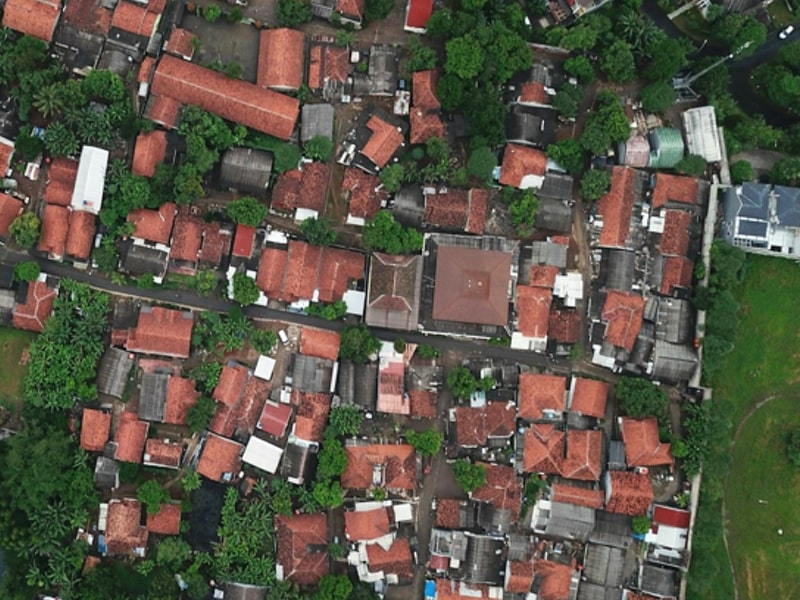 Using Drones to Assess Local Damage
Using Drones to Assess Local Damage
After severe weather events, it can be challenging to assess the damage but drones offer a safe and efficient way to survey the neighborhood without putting anyone at risk.
Drones can very quickly capturing high-resolution images of large areas and videos with detailed information about damage to roofs, structures, and landscapes.
Using this technology for a rapid assessment, helps you prioritize repairs and communicate effectively with insurance providers.
Consider investing in a drone or hiring a professional drone service to be on standby to conduct aerial surveys after major storms. The information gathered can be invaluable in speeding up the recovery process and ensuring all damage is thoroughly documented.
Conclusion
Severe weather preparation is an ongoing commitment but each step you take builds towards a more resilient home and a safer broader community.
Just begin with the basic measures first, and move to the more comprehensive preparations step by step.
Stay safe and prepared, and ensure peace of mind by fortifying your home against the unpredictable elements of nature.
